How UMass Medical School's admissions changes could help the physician pool
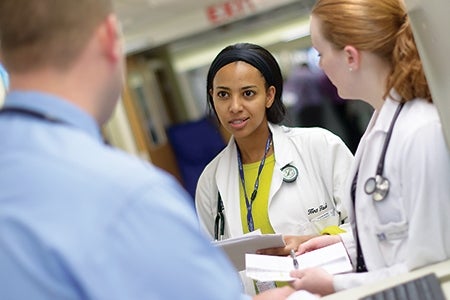 Courtesy
Students participate in clinical rotations at the University of Massachusetts Medical School in Worcester.
Courtesy
Students participate in clinical rotations at the University of Massachusetts Medical School in Worcester.
The decision to admit out-of-state students for the first time in the fall of 2016 was an historic move for the University of Massachusetts Medical School (UMMS). It was also a practical one.
UMass Medical School Chancellor Michael Collins said when he and Dr. Terence Flotte, dean and provost of UMMS, joined the medical school in 2007, they realized it was important to get behind a national initiative of the Association of American Medical Colleges (AAMC) to increase class sizes by about 30 percent. The movement began in the early 2000s, but UMMS hadn’t participated, Collins said.
Projections of workforce needs all indicate the demand for physicians is growing. By 2025, the projected shortage for primary care doctors could be as high as 31,100, and the shortage of specialists could be even higher, with a high-end shortage projection of 63,700, according to data from AAMC.
“No matter how you looked at it, the country was going to need more doctors,” Collins said in an interview last month.
Growing in Worcester, Springfield, Cape Cod
As a result, Collins and Flotte decided early in their tenure to increase the UMMS class size from 100 to 125. That coincided with the construction and opening the Albert Sherman Center on the medical school campus in 2013. The project increased UMMS’ capacity for medical research and education in the $400 million, state-of-the-art facility, making way for a further increase in class size to 150 and allowing for out-of-state applicants.
At some point, though, medical schools run out of the necessary clinical opportunities to train students, Collins said. But UMMS didn’t put to a stop to expansion after the Sherman Center opened. By creating a satellite campus in Springfield with Baystate Health, and through a clinical affiliation with Cape Cod Healthcare, UMMS was able to increase its census to 162 students, reaching that total for the first time this fall, with the opening of the Springfield campus. For now, that’s where the class size will rest, according to Collins.
By admitting a bigger class, including those from other states, UMMS has increased diversity and revenue, especially since out-of-state students pay higher tuition. Perhaps more importantly, it’s boosted the pipeline of future doctors, some of whom will hopefully practice in Massachusetts.
Expanding class size has not decreased the quality of admitted students, Collins said. Because medical schools are so limited in the United States, metrics like undergraduate grade point average and MCAT scores are unchanged.
“We could admit the class multiple times without changing the qualifications,” Collins said.
Springfield satellite
But the interests of new UMMS students may be somewhat different than in the past, particularly with the opening of the regional campus in Springfield. In partnership with Baystate Health, the Springfield campus is the site of the Population-based Urban and Rural Community Health (PURCH) track. The 22 students who were accepted into the track receive additional education and training in the social determinates of the health of a population, according to Dr. Andrew Artenstein, regional executive dean of UMMS’ Baystate campus. They receive classroom instruction in Worcester, and spend a few days a month in Springfield during their first two years of medical school. But PURCH clinical rotations will take place within the Baystate system.
Artenstein said students will focus on population health management, quality and safety and leadership, in a region with a number of challenges, such as high incidence of diabetes and heart disease, and opioid addiction. Baystate also services both rural and urban populations that are underserved in many areas.
“We have a number of interesting challenges which these students are amazingly enthusiastic to tackle,” Artenstein said.
The hope is some graduates will put roots down and practice medicine in the region. While shortages in primary care are a pressing problem, Artenstein said there are shortages many specialty areas, too. What’s important, he said, is PURCH students are learning how to influence health, and not just treat the sick.
“We need talent in all areas who are going to be able to really transform healthcare,” Artenstein said.
Salaries lag
One of the challenges Massachusetts faces in attracting doctors to live and work here is, on average, physician income is lower than U.S. averages, despite a high cost of living. That’s according to the 2015 Physician Practice Environment Index published by the Massachusetts Medical Society (MMS), the professional organization representing Massachusetts doctors. According to MMS, the median Massachusetts physician income was $261,700 in 2014, compared to a U.S. median of $298,700.
Bigger classes, more schools
Overall, though, the practice environment was improving when the 2015 index was published, and that coincided with a continued increase in medical school enrollment. Since 2002, enrollment grew 23 percent nationally, according to MMS, due to expanding class sizes, as well as the opening of 17 new medical schools.
Dr. Henry Dorkin, president of the MMS, said lower average physician earnings in Massachusetts are due in part to the fact it’s an attractive place to live.. But shortages, particularly in lower-paying fields like primary care, persist. He noted many graduates face crippling debt, as high as $400,000.
To remedy this, Dorkin advocated for enhancing government loan forgiveness programs for medical school graduates, through lowering interest rates and forgiving greater chunks of debt.
Meanwhile, Dorkin said he’s encouraged by the work UMMS has done to increase class size. As a school with a strong focus on primary care, he said it will likely be an effective tool in bolstering the availability of primary care and other doctors here.
“They’re doing exactly the kind of the thing that is going to help us train more physicians and hopefully have more of them practice here in Massachusetts,” Dorkin said.

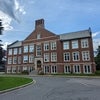




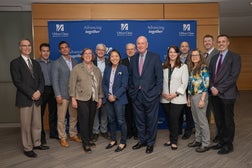
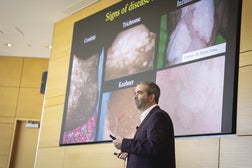
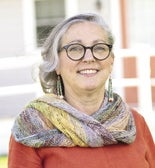
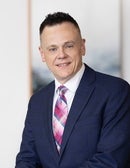



0 Comments